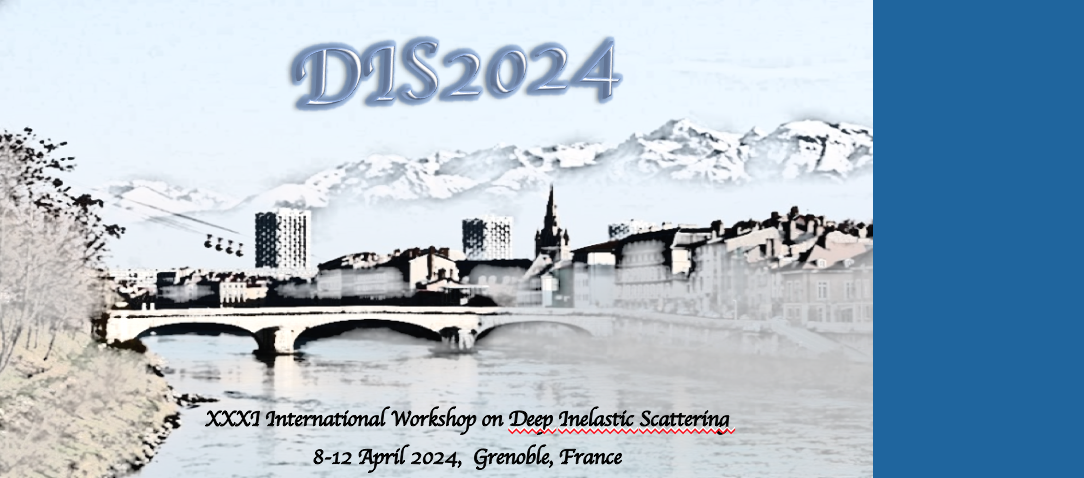Orateur
Description
The Parton Branching (PB) method outlines the evolution of transverse momentum-dependent (TMD) parton distributions across various kinematic regions, ranging from small to large transverse momenta $k_T$. In the small $k_T$ region, the PB method is highly sensitive to both the intrinsic motion of partons (intrinsic $k_T$) and the resummation of soft gluons, as described by the PB TMD evolution equations. The PB method is employed to investigate the role of soft (non-perturbative) gluon emissions in TMD, along with integrated collinear parton densities. Notably, soft gluons make a significant contribution to collinear parton densities. Within the PB framework, the Sudakov form factor is divided into perturbative and non-perturbative components. Analytical calculation of the non-perturbative part is feasible under specific conditions. The inclusion of soft (non-perturbative) gluons in parton density evolution is crucial for effectively canceling divergent terms.
It is suggested that the non-perturbative part of the Sudakov form factor has its correspondence in TMD parton distributions. In the PB approach, this non-perturbative Sudakov form factor is constrained through fits of inclusive, collinear parton densities. A detailed examination of the PB TMD methodology at next-to-leading order (NLO) in Drell-Yan (DY) production for low transverse momenta is presented. The extraction of intrinsic $k_T$ is showcased, demonstrating minimal dependence on DY mass and center-of-mass energy. This contrasts with tuned standard Monte Carlo event generators, which typically exhibit a strong increase in intrinsic Gauss width with center-of-mass energy.

